The monastery origins
According to some authors (some of whom date back to the mid-1400s and 1500s, such as Paolo Giovio, Bishop of Nocera), the name Cernobbio derives from "cenobio", meaning monastery. We are therefore inclined to confirm that the name derives from the ancient Cluniac monastery of the Benedictine nuns dedicated to St. Mary, possibly around the year 966.

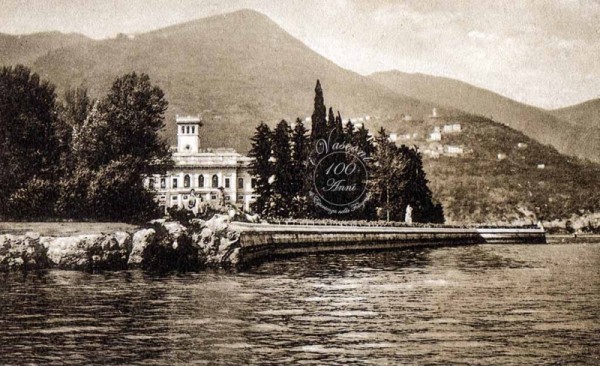
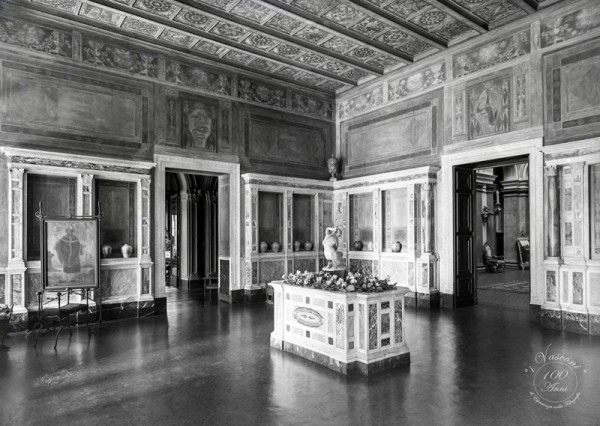
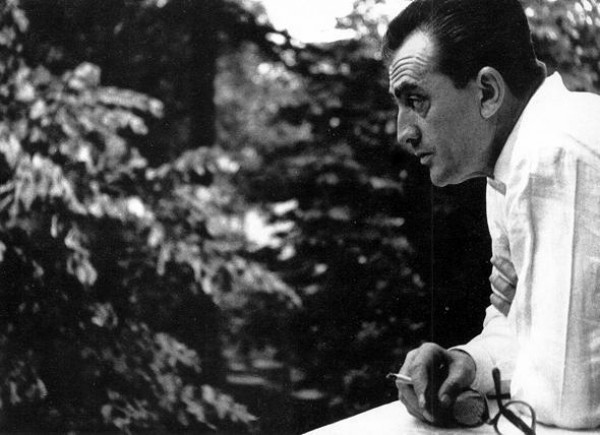 Luchino Visconti, the father of the Italian neorealism
Luchino Visconti, the father of the Italian neorealism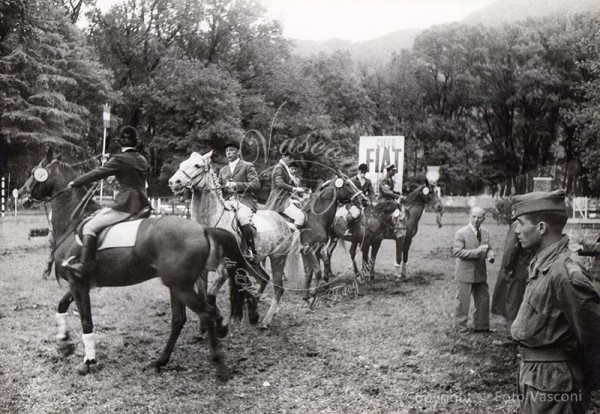
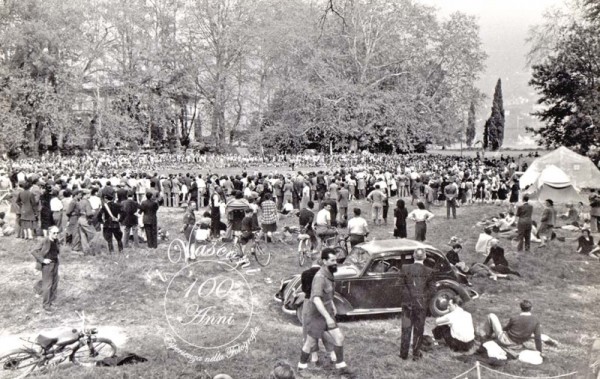
 In 2017, Villa Erba was the winner of the prestigious FCE AWARDS organized by Federcongressi & eventi.
In 2017, Villa Erba was the winner of the prestigious FCE AWARDS organized by Federcongressi & eventi.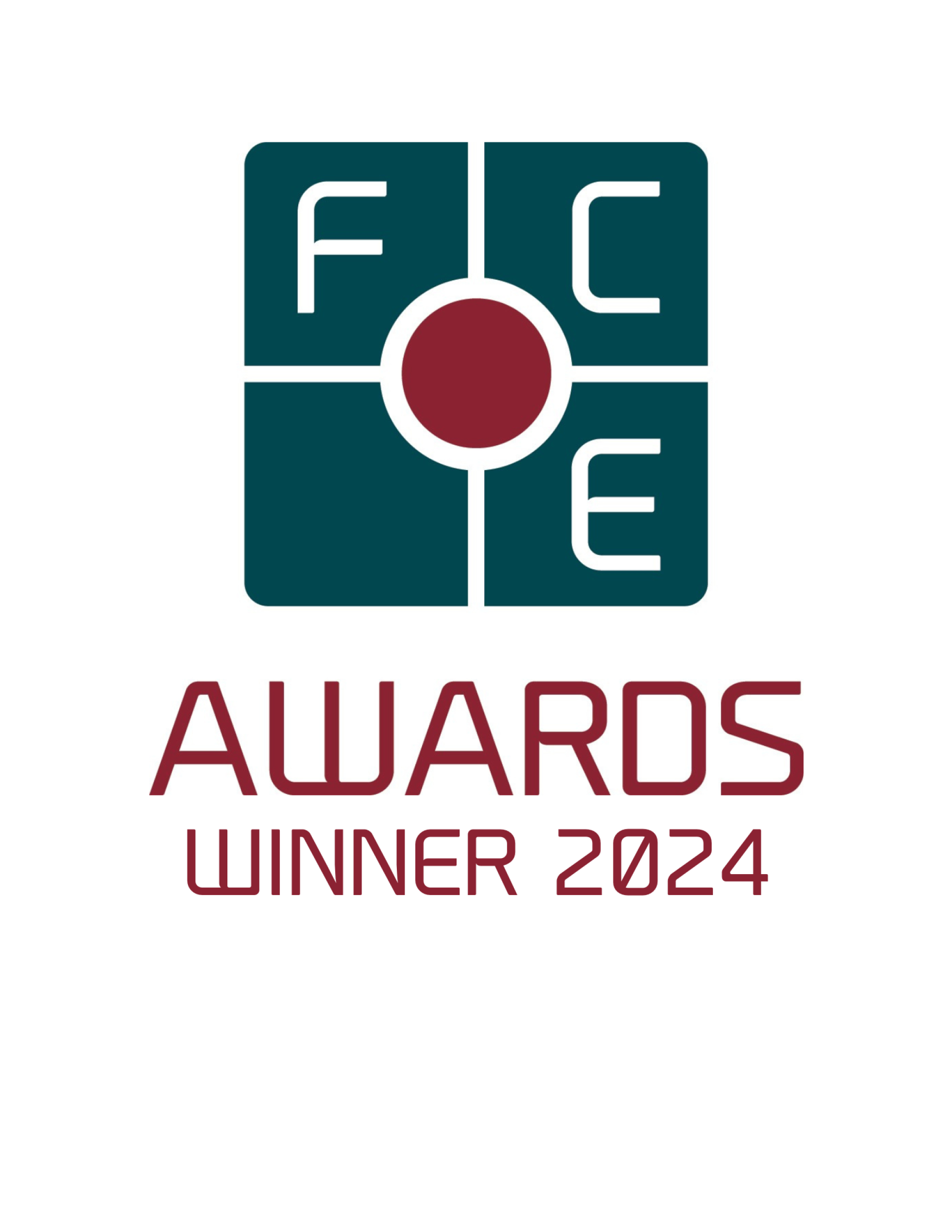 Villa Erba is winner in 2024 of the prestigious FCE AWARDS organized by Federcongressi & events. Also in 2024, Villa Erba was awarded the prestigious FCE AWARDS by Federcongressi&eventi, obtaining recognition in the Member Choice Award category with the project "VILLA ERBA: SOSTENIBILITÀ PER UN FUTURO MIGLIORE".
Villa Erba is winner in 2024 of the prestigious FCE AWARDS organized by Federcongressi & events. Also in 2024, Villa Erba was awarded the prestigious FCE AWARDS by Federcongressi&eventi, obtaining recognition in the Member Choice Award category with the project "VILLA ERBA: SOSTENIBILITÀ PER UN FUTURO MIGLIORE".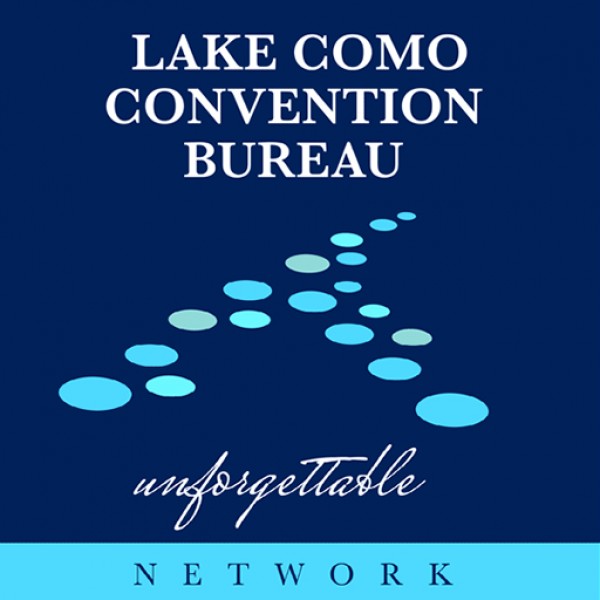 Villa Erba is the promoter of
Villa Erba is the promoter of